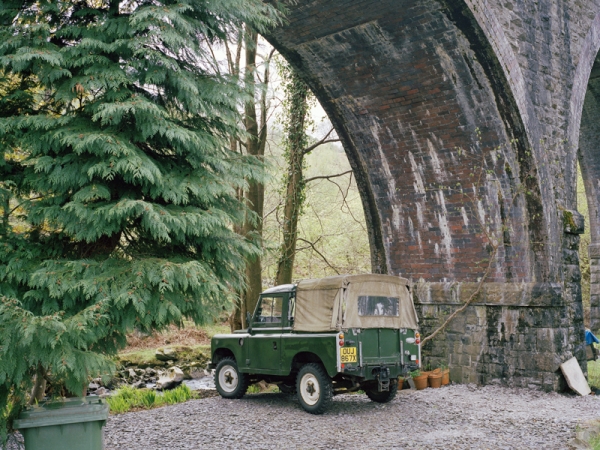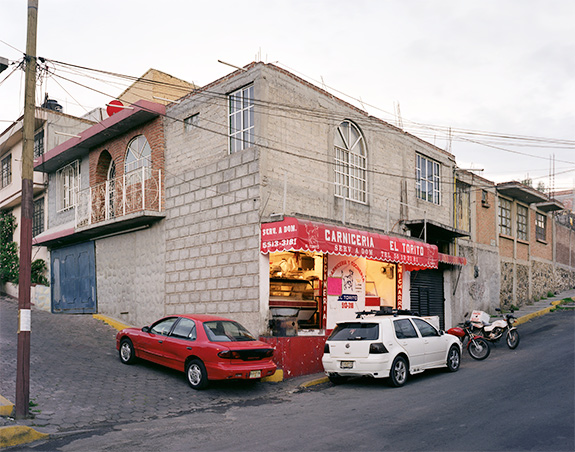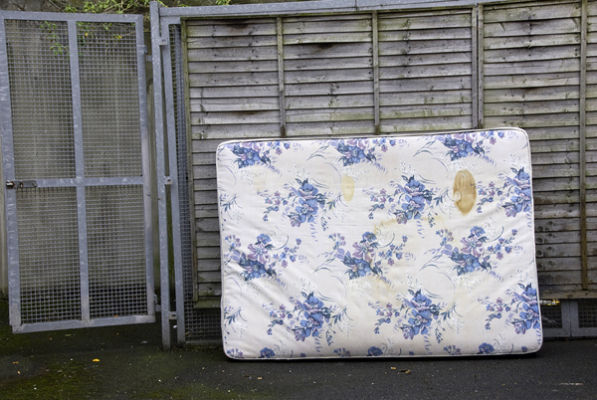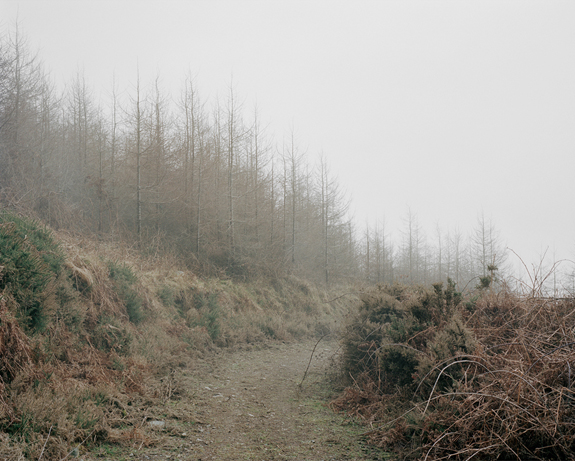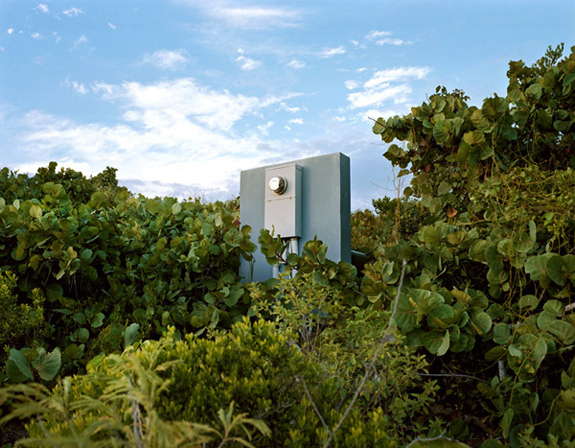
The photograph above belongs to a series called Island, which is an exercise of exploration. Coming from southern Europe, the Caribbean island turns into an alien space, where everyday objects lose all meaning. In less than 20 square kilometers, we witness a parade of disconnected pieces: the signs of local history and the constant European and North American presence scattered throughout the exuberant jungle. The tropical paradise is still there, although partially hidden behind an infrastructure that no longer seems to belong to any particular place.
Landscape represents here an endless canvas; it is a concept by and of itself. In fact, the interactions that derive from the place and, therefore, from the images, do not matter. The place and the camera are both tools of personal research, almost biographical.
— Juande Jiménez, Malaga, Spain
